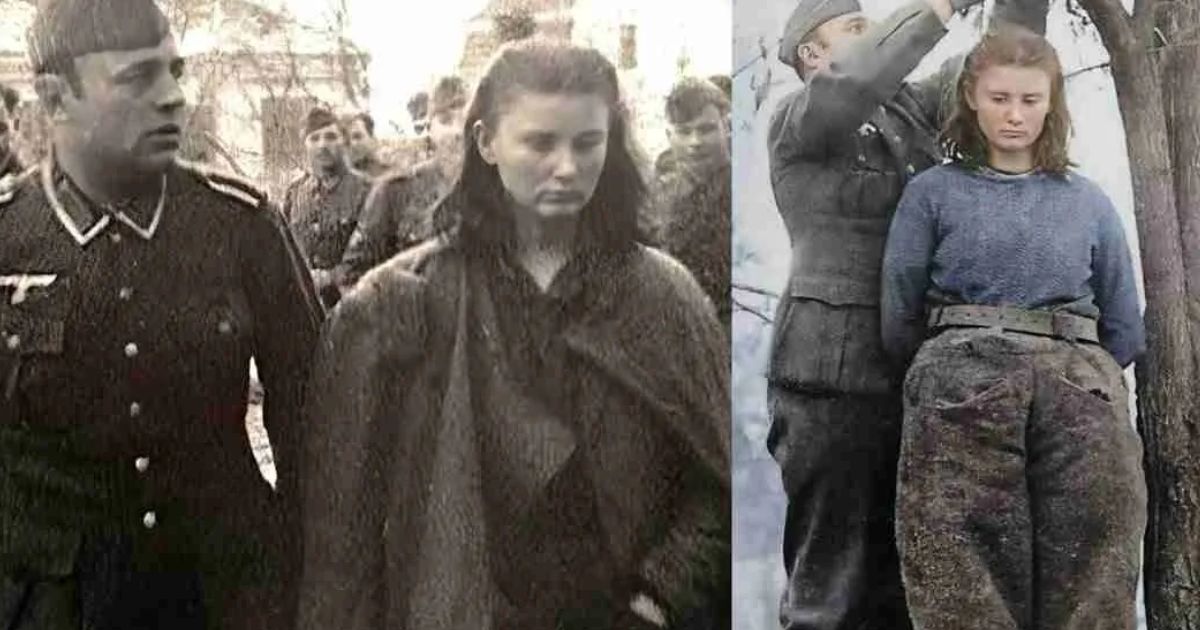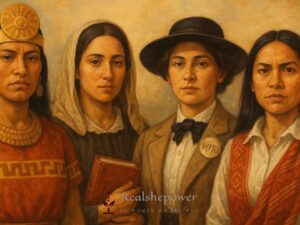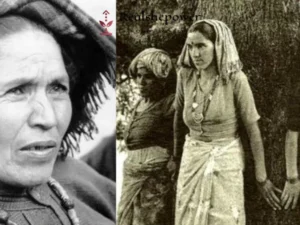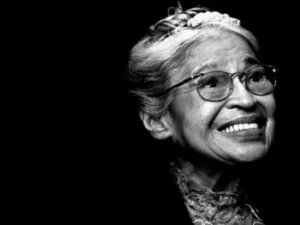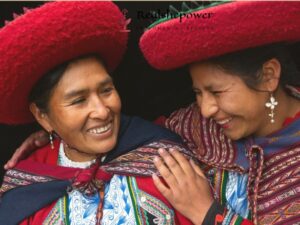In the annals of history, few stories resonate with the raw power of courage and sacrifice like that of Lepa Radić. On a chilling February morning in 1943, in the small Bosnian town of Bosanska Krupa, nestled along the serene Una River, a 17-year-old girl faced her final moments on the gallows. Surrounded by German soldiers and their Ustaše allies, Lepa stood resolute, her eyes blazing with defiance rather than fear. Her story, one of unshakeable bravery, continues to inspire and stir hearts worldwide.
Table of Contents
A Young Heart Fueled by Patriotism
Born on December 19, 1925, in the village of Gašnica, Bosnia, Lepa Radić was a bright and promising student with a deep love for her homeland. From an early age, her heart beat for justice and freedom. At just 15, she embraced communist ideals, driven by a fierce desire to resist oppression and tyranny. The year 1941 marked a turning point for Yugoslavia, as the Axis powers—led by Nazi Germany, Italy, and their allies—invaded, shattering the nation. Serbia fell under German occupation, while Bosnia and Croatia were subjected to the brutal regime of the Ustaše, a fascist Croatian nationalist movement notorious for its atrocities.
Bosanska Krupa, like much of Yugoslavia, became a battleground of repression. Yet, in this darkness, Lepa chose to fight. She joined the Yugoslav Partisans, a resistance movement led by Josip Broz Tito, committed to liberating their country through guerrilla warfare from the rugged forests and mountains. The Partisans were not just soldiers; they were ordinary citizens—farmers, students, and workers—united by a dream of a free Yugoslavia.
A Nurse, a Messenger, a Hero
Lepa’s role in the Partisans was multifaceted. As a nurse, she tended to wounded fighters, offering care and hope amidst chaos. As a messenger, she undertook perilous missions, delivering critical information across enemy lines. Her courage was evident in every step, her passion a beacon for those around her. By 1943, the Partisans faced one of their greatest challenges: the Battle of Neretva, a pivotal moment in the Yugoslav resistance.
The Battle of Neretva, fought in early 1943, was a desperate struggle for survival. The Axis forces, including German, Italian, and Ustaše troops, launched a massive offensive to crush the Partisans. Outnumbered and outgunned, the Partisans executed a daring maneuver, crossing the icy Neretva River under heavy fire to save thousands of wounded fighters and civilians. Lepa was at the heart of this effort, risking her life to evacuate civilians to safety amidst a hail of bullets. Her selflessness was unwavering, but it came at a cost. During the chaos, she was captured by German forces.
A Defiant Stand Against Tyranny
The German officers, recognizing her youth, offered Lepa a chance to save herself. They demanded the names of her fellow Partisans, promising her life in exchange for betrayal. But Lepa Radić was no ordinary teenager. Raising her head high, she delivered a response that would echo through history: “I will not betray my people. Those you are asking about will reveal themselves when they come to avenge me.” Her words, devoid of fear or hesitation, were a testament to her unbreakable spirit.
I will not betray my people. Those you are asking about will reveal themselves when they come to avenge me.
On February 8, 1943, Lepa was led to the gallows in Bosanska Krupa. A haunting photograph captured her final moments—standing tall, her gaze steady, a rope around her neck. Even in the face of death, she embodied courage, becoming a symbol of resistance against oppression. Her execution was meant to break the Partisans’ spirit, but instead, it ignited their resolve.
A Lasting Legacy of Heroism
Lepa Radić’s sacrifice was not in vain. The Yugoslav Partisans continued their fight, eventually playing a crucial role in liberating Yugoslavia from Axis control. In 1951, the government of Yugoslavia posthumously honored Lepa with the Order of the People’s Hero, the country’s highest award for bravery. Her story became a cornerstone of Yugoslav history, taught to generations as an example of selflessness and defiance.
Today, Lepa’s legacy endures beyond the borders of Bosnia. Her courage resonates in discussions of resistance movements worldwide, from academic studies to online forums. According to historical records, the Yugoslav Partisans grew to include over 800,000 fighters by 1945, a testament to the collective spirit Lepa embodied. Her story has been documented in books like The Yugoslav Partisans: 1941–1945 by Milovan Djilas and is commemorated in memorials across Bosnia and Herzegovina.
Why Lepa Radić’s Story Matters Today
In an era where courage can feel scarce, Lepa Radić’s story reminds us of the power of standing up for what is right, no matter the odds. Her defiance at 17, in the face of unimaginable danger, challenges us to reflect on our own values and resilience. She was not just a Partisan; she was a symbol of hope, a young woman who chose to fight for a better future rather than submit to tyranny.
Lepa’s tale also sheds light on the broader Yugoslav resistance, a movement that defied one of history’s most formidable war machines. The Partisans’ success—liberating Yugoslavia with minimal external support—remains a remarkable chapter in World War II history. Their guerrilla tactics, documented in military studies, influenced resistance movements globally, from Vietnam to Algeria.
Honoring a Heroine
Lepa Radić’s story is more than a historical footnote; it is a call to action. It urges us to remember the sacrifices of those who fought for freedom and to draw inspiration from their courage. As we navigate modern challenges, from social injustices to global conflicts, Lepa’s legacy reminds us that even the youngest among us can make a difference.
To learn more about Lepa Radić and the Yugoslav Partisans, explore resources like the Museum of Yugoslav History in Belgrade or reputable online archives. Her story, etched in the hearts of those who value freedom, continues to inspire movements for justice and equality worldwide.
